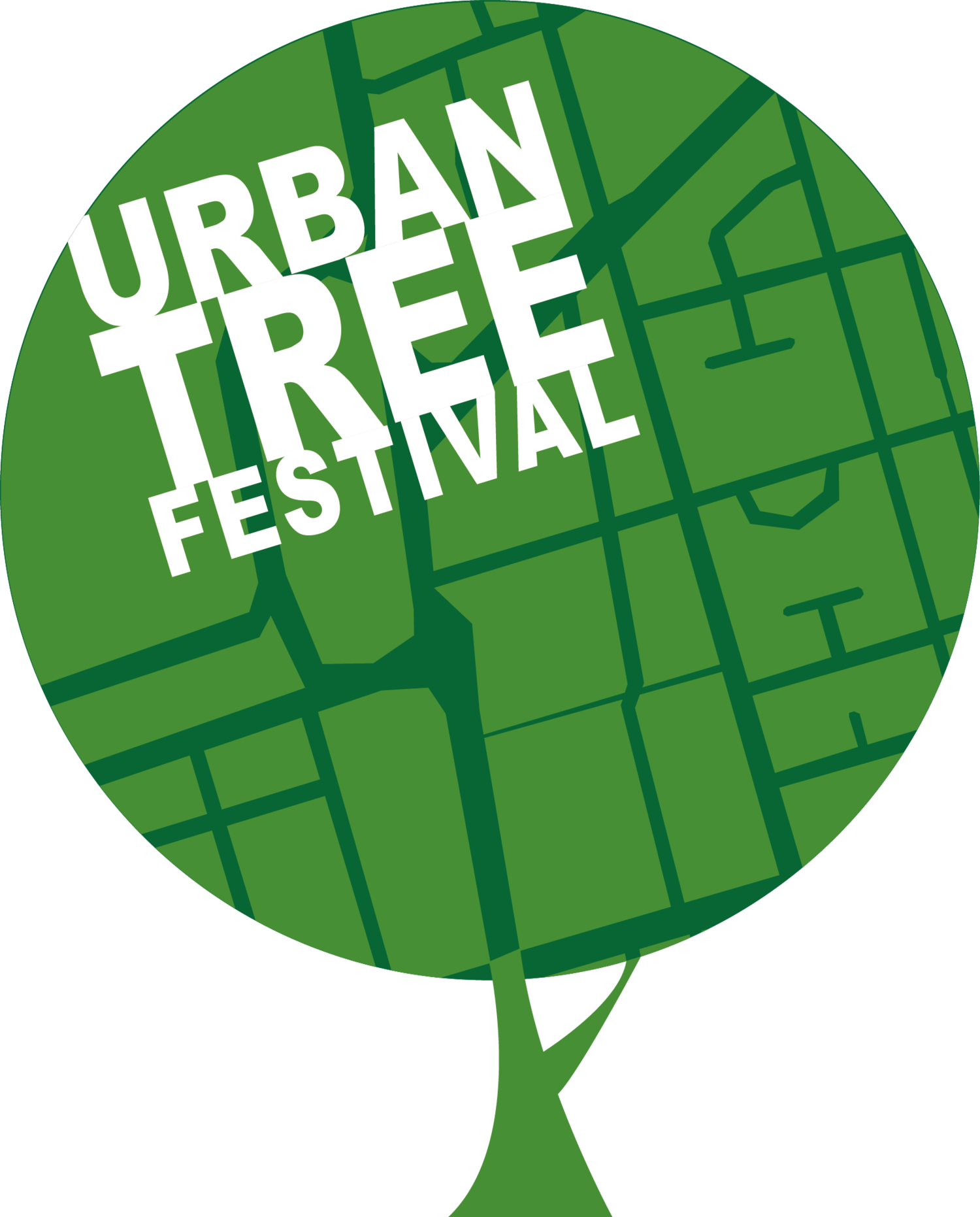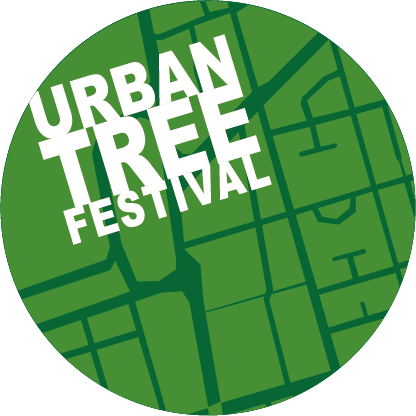Saunders Seasonings - A second life for felled trees
This interview was conducted with love by Nataliia Starikova.
Saunders Seasonings is an award-winning timber business based in London and Essex, producing their own London-sourced low carbon hardwoods for businesses, makers and designers big and small.
Most of their timber comes from trees felled in and around London; trees that would otherwise be chipped and burned. Instead, they recycle and repurpose them, giving them a second life and ensuring the carbon stays in the wood.
In this interview, Bruce Saunders, the founder and MD of Saunders Seasonings Ltd, reveals how he started repurposing trees, describes the biggest challenges and rewards in doing this kind of business, and uncovers his plans for the company.
How did Saunders Seasonings start? What was your inspiration?
A few years ago, I started making small pieces of furniture at home in London and was surprised to find it almost impossible to buy British grown hardwood in the city. It turned out that over 90% of hardwood sold in the UK is imported from places like the US and Europe, largely because it’s cheap and convenient. And yet over 5,000 mature trees are felled in London every year – plane, oak, ash, beech and more – and most are just chipped and burned as firewood or biofuel. Such a waste - it was really disappointing, but it also motivated me to investigate further.
I got permission to remove the butt of a large London plane tree felled in Camden where I live. I had it milled into planks that I then seasoned at a local garden centre. A year later I used them to make my own furniture, but also passed on some boards to other local makers who liked what I was doing and above all loved the quality, provenance and uniqueness of the timber - quarter-sawn London plane is often referred to as ‘Lacewood’ due to its amazing freckled appearance.
How did you learn to repurpose fallen trees?
My father built his own boat and sailed our family half way around the world, so I guess making things runs in the family! I’ve been working with wood for most of my life and so learning to mill and season timber was a natural step for me. I fell in love with the process, read a lot and worked with a wide range of experts including tree surgeons, millers and top end furniture makers.
What are the possible difficulties in doing this kind of job?
We don’t fell trees, we only take already felled timber, but transport is very costly in London to extract them from where they grew. It’s not easy getting a huge lorry into some of London’s streets, and I guess that’s one of the reasons other timber companies don’t do what we do. Plus we often find metal in urban trees, from people nailing up lost cat signs, birdboxes and the occasional WW2 bomb shrapnel – all of which can make things costly as there are more spoiled boards and damaged blades.
But I think our biggest challenge is encouraging people to recycle, to appreciate that most felled trees can be repurposed and given a second life as quality furniture for future generations to cherish. If you asked most people what happens to trees felled in the city they wouldn’t know.
We also find that many developers who fell trees for new building projects have little interest in what happens to them. They often plant new trees, but generally these are small unlike the large landmark trees they’ve felled, and they don’t give a second thought to the possibility of re-using them on-site. Having them chipped for biofuel is seen as acceptable because it’s deemed a ‘renewable’ source of energy.
It’s upsetting because each of those trees will have spent 50 – 100 years pulling an average three tonnes of carbon dioxide out of the air, as well as all the other benefits including shade and well-being they bring to the local community. We estimate that it takes six newly planted trees at least 20 years to offset the carbon released from burning a single mature city tree. Almost half this carbon is stored in the trunks of the trees, and it can remain in the wood if it is repurposed.
Who are your tree suppliers and to whom do you supply the pieces that you make, or trees that you use?
We receive trees from councils, developers and tree surgeons across London. Increasingly, we are working with them to find ways that some of the timber can be reused in the communities they came from. We made violin and cello racks for Kings Cross Academy, a local school that is a few hundred yards from where the Euston plane trees stood. We never encourage anyone to fell a tree, but if it’s inevitable then we believe giving it a second life as hardwood timber is the best outcome.
Most of our customers are furniture makers and designers who buy rough sawn or planed hardwood planks from us. We work with lots of small businesses where we’re based in Blackhorse Workshop in Walthamstow, which hosts some the country’s top furniture makers. They all find that using London timber gives their customers what they want – real craftmanship using locally sourced natural materials with a low carbon footprint.
Last year we made the trophies for the 2020 Dezeen Awards – the Oscars of the architecture and design world – from London plane. It was great to see a major design brand emphasising the importance of re-use in design. I think we’re going to see a lot more of that.
We also make bespoke furniture items ourselves. With people working more from home, there’s lots of interest in desks and tables right now!
Which trees make the best wood for furniture making?
To be honest, it’s like asking which of your children are your favourites. We love all the species we work with – they are unique in their own way. Customer favourites are London Plane - a non-commercially grown timber which features stunning medullary rays - and Elm - it’s simply the king of woods – dark, regal and rare.
You found a great environmental solution for fallen trees - what are your prospects/goals for the business, where do you see yourself in 5 years?
We’re still a pretty young company but things are starting to develop rapidly. Ultimately, our goal is to transform how felled London trees are valued and appreciated and ensure that every mature felled tree is repurposed for future generations to enjoy. In five years’ time our aim is to be working with all the inner-city London councils to enable them to reduce their carbon footprints and re-purpose their felled trees. By then we would love to be saving at least 300 trees and keeping over 1 million tonnes of carbon out of the atmosphere every year.
If you were running the UTF, how would you structure the program to include your work and those of others in a similar field? And if somebody from UTF wanted to start repurposing trees - where should they start, and which advice would you give them?
I’d suggest that the Festival encourages discussion about what happens to trees after they die. Of course, trees are best enjoyed whilst they are alive and we should avoid cutting them down prematurely. But they will not last forever. We need a circular economy approach where city trees are repurposed into long lasting valued and valuable products. We should be planting more trees, and treat those which are fallen and felled with a little more respect. Furniture making is fun – I’d like to see more people learn about wood and furniture making.
We would love to talk to anyone who owns and is interested in repurposing their tree in London. Currently, not enough people know that repurposing is an option. We want to change that, so please get in touch!
Explore Saunders Seasonings website
A huge thank you to Bruce Saunders and Patrick Welsh for participating in this interview and encouraging others to repurpose their trees! Together, we can make big changes in small steps.







